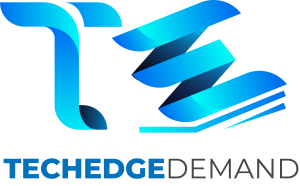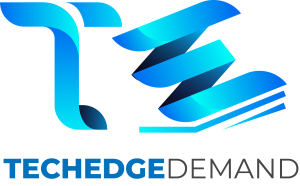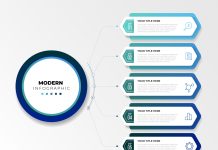In the newly connected economy, banks and fintech companies both have new ways to serve clients.
There will be enough material for MBA students to study as we sort through the triumphs and failures of the pandemic’s digital transformation, but there are certain sectors that have broken down boundaries by utilizing payments to develop durable new value propositions for the payments experience.
J.P. Beyond the headlines of 2022, Peggy Mangot, Head of FinTech Partnerships at Morgan Commercial Banking, stated that there are long-term trends in how banks and FinTechs will serve consumers and business clients.
Everyone is looking at their 2023 roadmap and concentrating on their most crucial tasks, those that will have a major influence on customers, generate material income, or reduce material expenditures, according to Mangot.
This contains J.P. Includes computerized bill presentation and payment. Morgan collaborated with Paymentus to launch last year, and she is also keeping an eye on related developments such as embedded finance, which she refers to as a “snowballing trend.”
Business clients will prioritize cash management, liquidity management, and cash flow forecasting in a rising-rate environment and want to work together on it.
Mangot says that FinTech partnerships are pushing these developments further and that platforms like MX and Plaid have long benefited from customer data sharing. We have reached the stage when commercial clients will start to benefit from data sharing.
We’re just getting started with commercial data sharing, Mangot said. That, I believe, will be a key development in 2023. “Companies like Codat, for example, enable a commercial customer to share their [enterprise resource planning (ERP)] system, which may provide benefits in onboarding, credit underwriting, and cash management to a corporate customer.”









